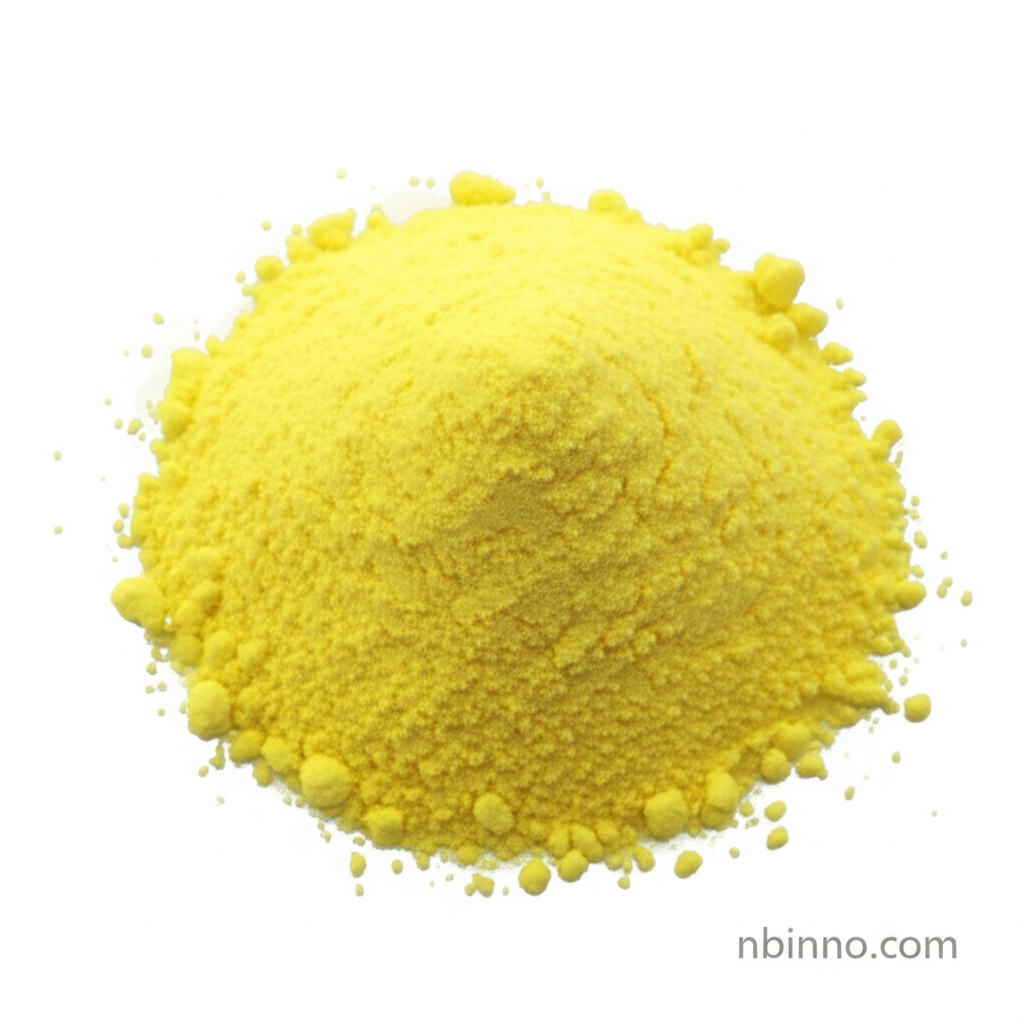2-Chloro-4-methoxy-5-nitropyridine: A Versatile Intermediate for Pharmaceutical and Agrochemical Synthesis
Unlock new possibilities in drug discovery and crop protection with this crucial chemical building block.
Get a Quote & SampleProduct Core Value

2-Chloro-4-methoxy-5-nitropyridine
This compound serves as a vital intermediate in the synthesis of various complex organic molecules. Its unique structural features, including a chloro group, a methoxy group, and a nitro group on a pyridine ring, grant it significant reactivity, making it indispensable in the development of novel pharmaceuticals and advanced agrochemicals. Researchers leverage its versatility for creating potent antimicrobial, anti-inflammatory, and anti-cancer agents, as well as effective herbicides and insecticides, thereby contributing significantly to advancements in medicinal chemistry and agricultural science.
- Discover the power of pyridine derivatives in organic synthesis, utilizing 2-chloro-4-methoxy-5-nitropyridine as a key building block for targeted molecular design.
- Explore the synthesis of 2-chloro-4-methoxy-5-nitropyridine through optimized nitration and chlorination pathways, ensuring high yields and purity for your research needs.
- Understand the critical role of pharmaceutical intermediates in the drug development pipeline, with this compound being a cornerstone for creating new therapeutic agents.
- Learn about the applications of agrochemicals, where this pyridine derivative aids in the formulation of effective crop protection solutions.
Key Advantages Offered
Enhanced Reactivity
The strategic placement of functional groups on the pyridine ring of 2-chloro-4-methoxy-5-nitropyridine facilitates diverse chemical transformations, offering chemists greater flexibility in designing synthetic routes.
Versatile Building Block
As a critical component in organic synthesis, this compound is essential for constructing complex molecular architectures required for novel drug discovery and material science innovations.
Streamlined Synthesis Processes
With well-established synthetic methodologies and opportunities for reaction optimization, researchers can achieve efficient production, supporting both laboratory-scale research and industrial applications.
Key Applications
Pharmaceutical Development
Serve as a crucial intermediate in the synthesis of various pharmaceuticals, particularly in the development of anti-cancer agents and antibiotics, providing researchers with a versatile building block for drug formulation.
Agricultural Chemicals
Used in the formulation of agrochemicals, including herbicides and insecticides, helping to enhance crop protection and yield. Its specific chemical properties allow for targeted action against pests while minimizing environmental impact.
Material Science
Finds applications in the development of advanced materials, such as polymers and coatings, where its unique properties contribute to improved durability and performance in various industrial applications.
Research in Organic Synthesis
This chemical is a valuable tool for organic chemists, facilitating the synthesis of complex molecules through various reactions, thus enabling advancements in chemical research and innovation.
